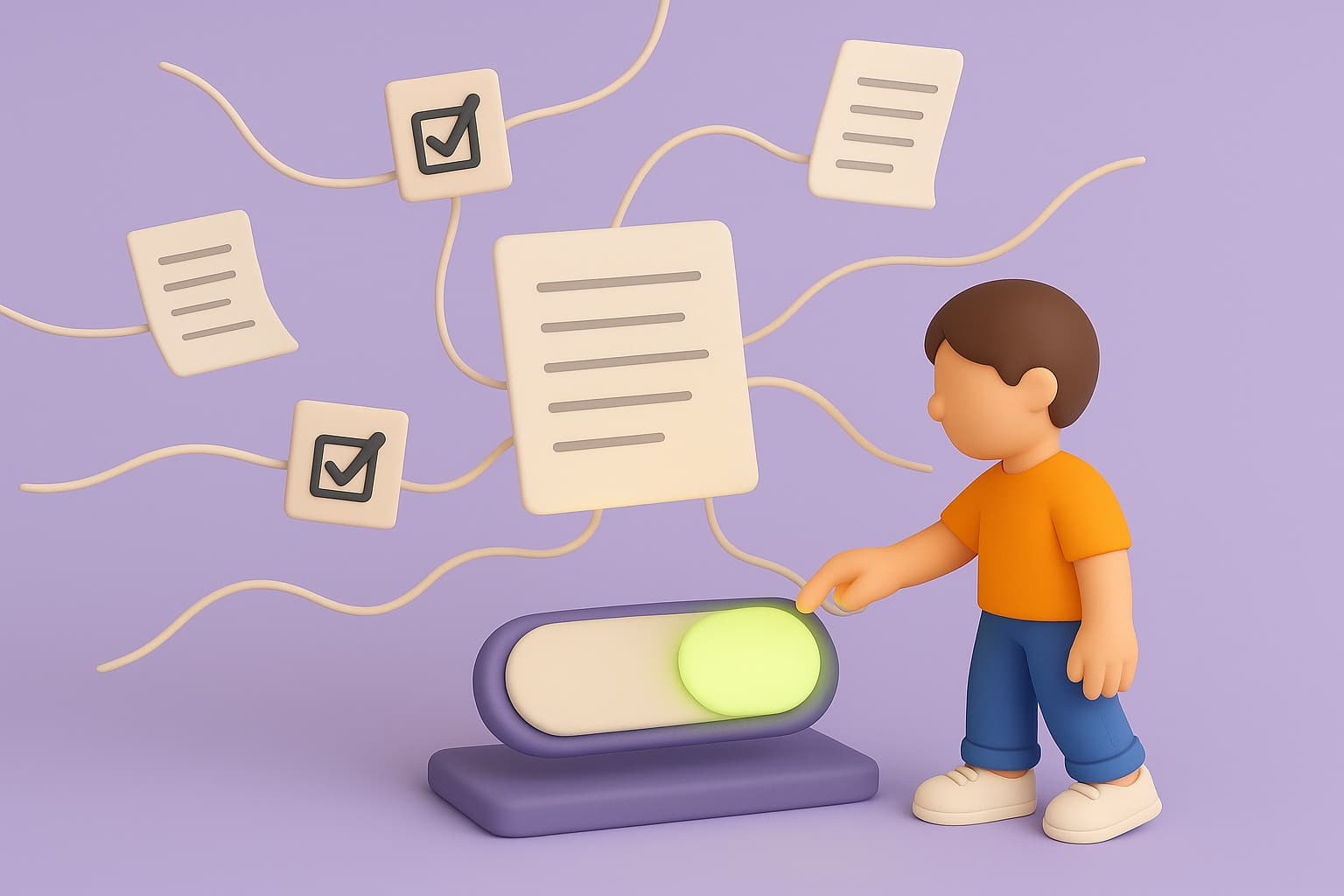The Illusion of Consent: How Terms of Service Became Modern-Day Contracts of Capture

We Click “Agree” — But We Don’t Consent
When was the last time you actually read a Terms and Conditions page?
If you’re like 99.8% of users, you scrolled to the bottom and hit Agree without thinking.
You didn’t sign a paper, but you gave away something far more valuable — informed consent.
1. The Myth of the Voluntary Agreement
On paper, you “choose” to accept an app’s terms.
In practice, it’s consent under duress.
Refuse → Lose access.
Accept → Surrender privacy, data rights, even legal recourse.
The illusion of consent is built into the design:
- Long, complex language
- Hidden opt-ins
- Dark patterns that push you toward compliance
The contract is invisible.
The capture is absolute.
2. The Psychology of Surrender
The average Terms of Service is longer than Macbeth and requires college-level reading skills.
But the problem isn’t just complexity — it’s cognitive overload by design.
Companies know you’re not reading.
They exploit consent fatigue — the point where users trade autonomy for convenience.
Each “I Agree” is not persuasion.
It’s conditioning.
3. The Data Brokers’ Dream
Every consent click unlocks a cascade of silent permissions.
Your:
- Search history
- Voice recordings
- In-app behavior
…are stitched into identity graphs, then sold across a shadow network of data brokers you've never heard of.
By agreeing once, you agree infinitely.
You aren’t giving data to one company.
You’re feeding an ecosystem.
4. The “Transparency” Deception
To appear compliant, companies now offer privacy dashboards and data export tools.
It looks empowering.
But transparency ≠ control.
- Knowing what’s taken ≠ stopping it
- Deleting your account ≠ deleting shadow copies
- “Opt-out” ≠ “we stopped tracking” (it often means “we’ll slow down… for now”)
Regulation made companies more articulate,
not more ethical.
5. Consent Without Agency
In theory, consent = choice.
In reality, consent = submission disguised as choice.
You can’t negotiate.
You can’t edit.
You can only click.
We’ve mistaken participation for permission.
Your mere presence online becomes a constant YES whispered into a system that never stops listening.
6. Reclaiming the Right to Say No
You can’t rewrite their contracts —
but you can redraw your boundaries.
✅ Use burner or alias emails for low-trust sign-ups
✅ Deny unnecessary app permissions (mic, location, contacts)
✅ Audit connected accounts with tools like MyPermissions or Jumbo
✅ Use products that treat consent as opt-in, not default-on
Refusing to click “Agree” is rarely an option.
But minimizing what that click exposes — that’s power.
7. The Fine Print of the Future
The next era of consent won’t be legal — it will be behavioral.
Your:
- Attention
- Engagement
- Reactions
…will become real-time proxies for agreement.
The contract won’t need your signature —
because it already has your patterns.
The only true act of resistance?
Awareness.
Reading between the lines of the interfaces that govern your life.
Because in the end,
the most dangerous contract is the one you don’t know you’ve signed.